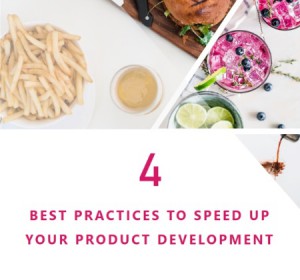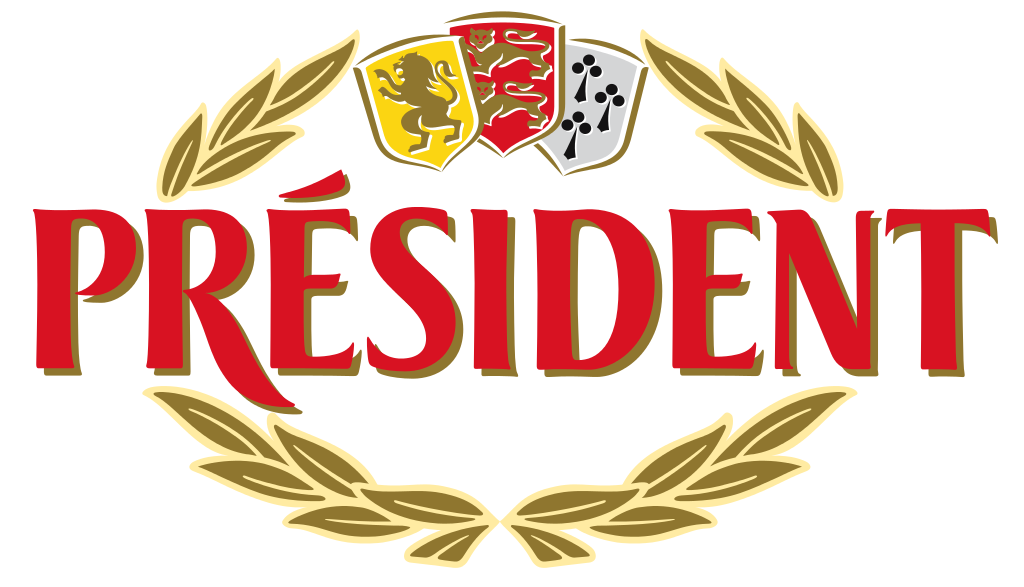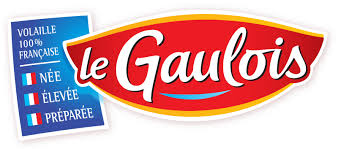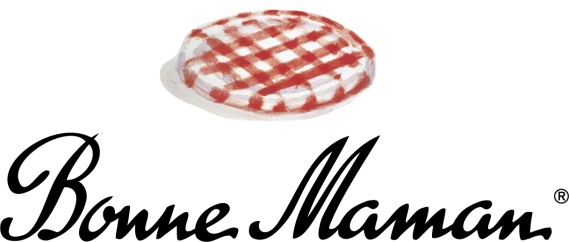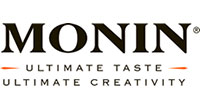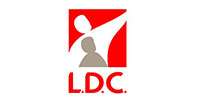
As a manufacturer, you know the drill: legislation get stiffer, competition gets fiercer, consumers change their minds faster, etc. To face it, you may have put efforts in maximizing your innovation potential by shortening your time-to-market, improving the reliability of your design chain, streamlining your manufacturing processes and so on.
How did this work for you? Did multiplying the number of new products really help you retain your loyal customers or attract and convert new ones? No? Well, don’t blame your design teams. No matter how well they can develop new products, they still need project managers to take the right decision on the products to develop.
Because the food & beverage and the cosmetic & personal care markets are already saturated and suffer an unprecedented disloyalty from customers, the challenge is no longer to flood the aisles with innovations but rather fight the paradox of choice.
Product portfolio and paradox of choice
An experiment was led in 2000 on a local food market to test the influence of the number of possible choices on the decision making[1]. Two tables were set: one with 6 jars of jam, one with 24. While the table with 24 jars attracted more people, it ended up converting ten times less than the one with 6 jars.
This is the paradox of choice: “if a person is presented with too many choices, he or she is actually less likely to buy.” While it can be hard to observe it directly in retail stores where product categories are mature, it grows to a significant importance in new markets, like the very new one of cannabis.
« Estimated at $8 billion in 2018, the total sales of legalized cannabis in the US could rise to over $40 billion by 2025. »[2]. This includes all its available formats: flowers, vapor pens and edibles & others. The « edible and others » category – food, beverage, cosmetic, pet care, etc. – rose from $874 million to $2.64 billion from 2014 to 21018, multiplied by 3 in 4 years.
In Cannabis Products, August 2019, Jean-Pierre Lacroix identifies three distinct segments within the cannabis market[3]:
– Habitual users of the product
– Opponents to the use and legalization of cannabis
– The center group, comprised of cannabis aware consumers and cannabis non-users
The first group is smaller than the others, is already educated and has the highest consumption rate of cannabis. The second one will obviously not be a growth driver because of its well-rooted ideology opposed to these new products. “The real market-shaping growth will come from […] customers in the center” because “one of the biggest barriers to new use consumption is the low level of knowledge.” Thus, “the ability of a cannabis professional to help navigate the range of cannabis edible and beverage products and usage will help remove some of the complexity of choice.”
In this plethora of innovations, highlighting the value proposition and offering a non-ambiguous set of choices to the customer is key for him to appropriate this new product. When manufacturers do not follow these principles, customers are, now more than ever, more likely to switch to a competitor’s product.
Brand disloyalty as a behavioral symptom
Nielsen says:
- Only 8% of global customers are loyal to the brands and products they’ve always bought
- 80% of new consumer packaged goods (CPG) products are not incremental to either the brand or the category
- 25% of new products actually reduce the total sales of a brand franchise[4].
While continuously releasing new products might help retain the small percentage of loyal customers, it won’t help attract new people if they are not able to properly how these products differentiate one from another. And before you insist on the unique value of your brand’s innovations, remember that all your competitors also market new products at the same time. Everyone is contributing to the uncatchable pace of innovation which strengthens the confusion in the consumer’s mind.
This is one of the reasons why start-ups have gained a major interest in both business and casual discussions over the last years. They aspire to reshape their market through one flagship product, or range of products, which clearly highlights a unique and easily understandable value proposition. They make innovation simple and accessible while giving a great attention to customer education and relationship management. Among the jungle of promotions, assortments, advertisements and other marketing incentives, they appear as a lighthouse of simplicity.
And none of that is beyond big companies’ reach.
Portfolio management: give purpose to your products
Globally, 27% of CPG (Consumer Packaged Goods) innovations are not aligned to consumer demands and another 27% fail due to lack of marketing support[5]. This is symptomatic of the unconsidered race to innovation, with poor attention given to the product’s real usefulness and market relevance. To face this issue, Nielsen advices to “proactively manage the innovation pipeline using the most complete data possible as a central navigation beacon”.
That is the mission we are committed to fulfill for our clients. Aptean PLM (Product Lifecycle Management) software provides a comprehensive set of features dedicated to all the business units involved in the design chain of new products. Through specification management, prototype simulation, automated generation of labeling content, consolidated workflows modeling and so on, Aptean PLM Lascom Edition significantly reduces the time-to-market of companies’ new product development processes. We help them focus on added value tasks, such as portfolio management thanks to fully customizable dashboards of data-based insights.
[1] The Jam Experiment – How Choice Overloads makes customers Buy Less. Medium, 08/17/2017
[2] Brace for impact: U.S. CPG cannabis sales to rise by the billions. Nielsen, 07/26/2019
[3] Focus on branding: capturing the center. Cannabis products, August 2019
[4] Disloyalty is the new black. Nielsen, 07/02/2019
[5] Innovation doesn’t always equal growth. Three learnings. Nielsen, 07/31/2019



